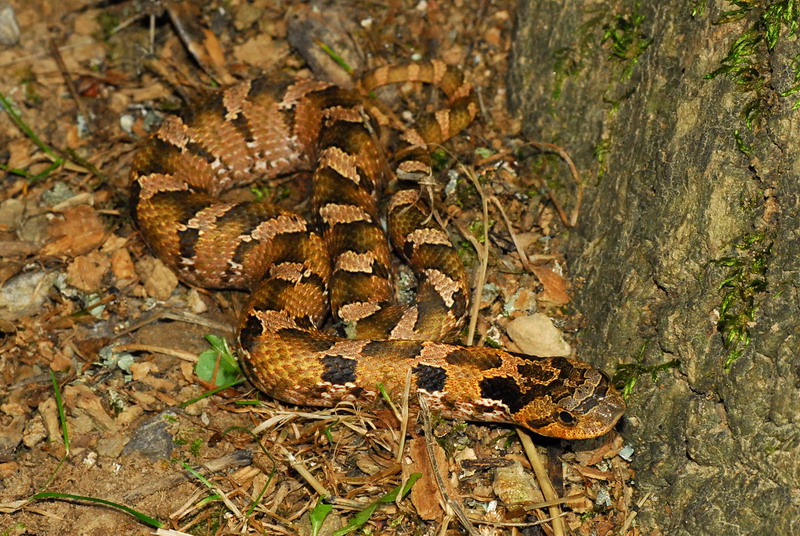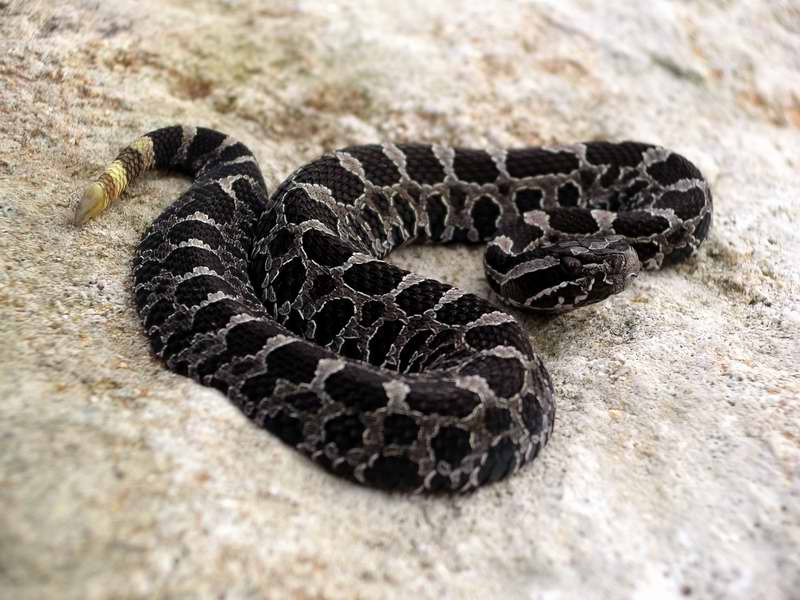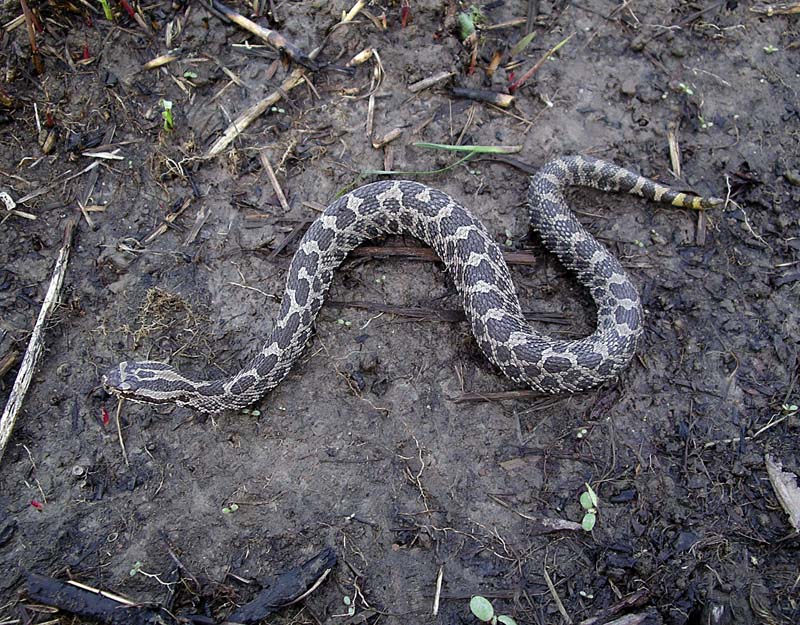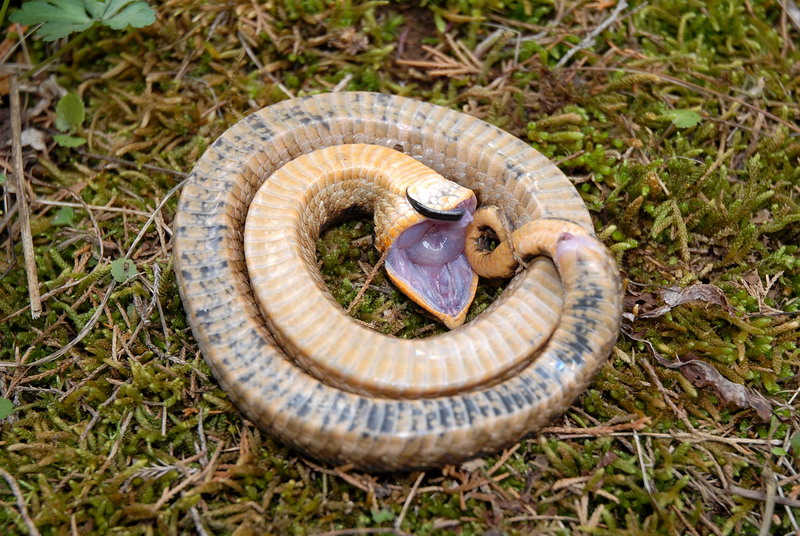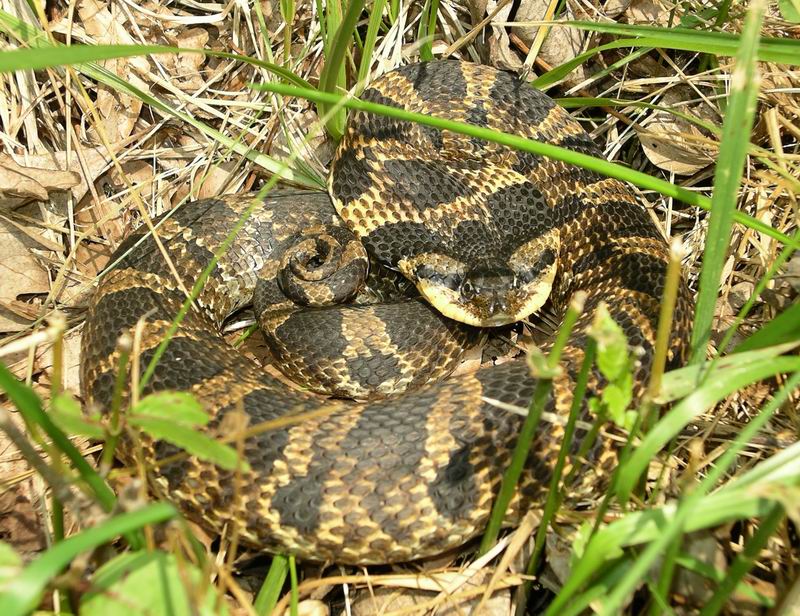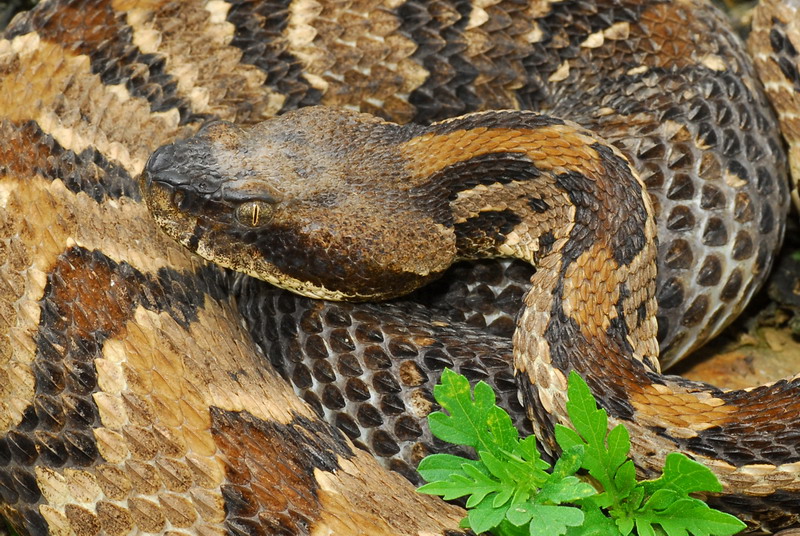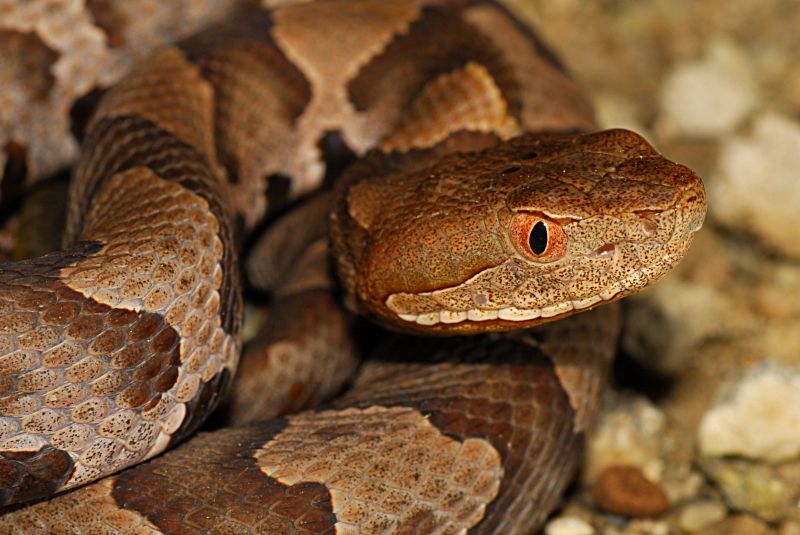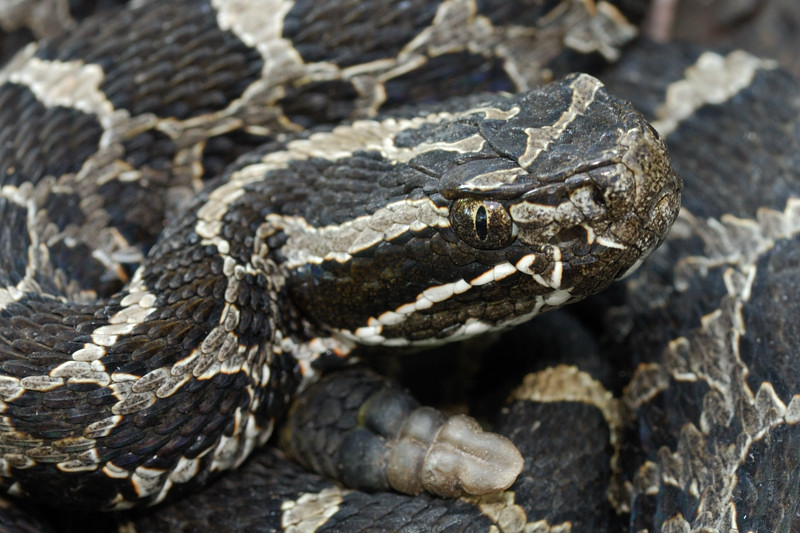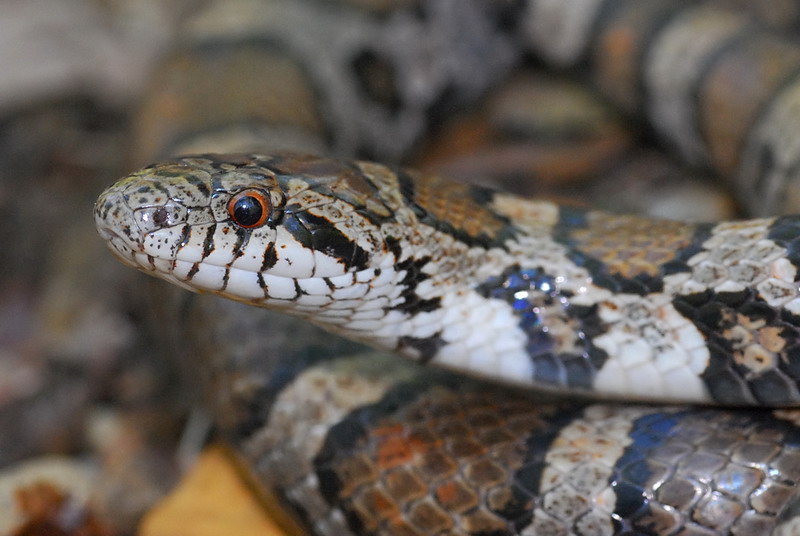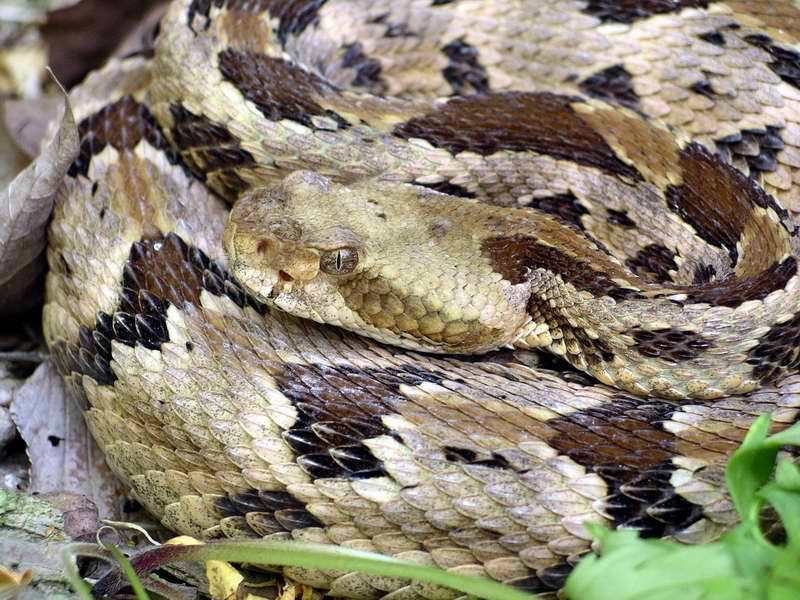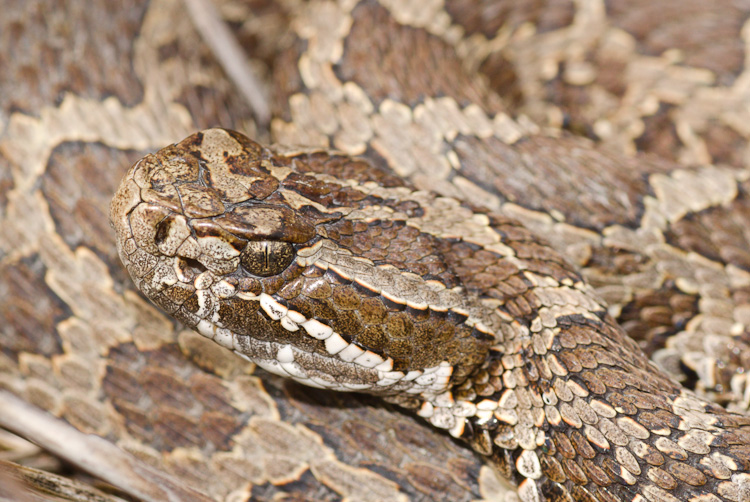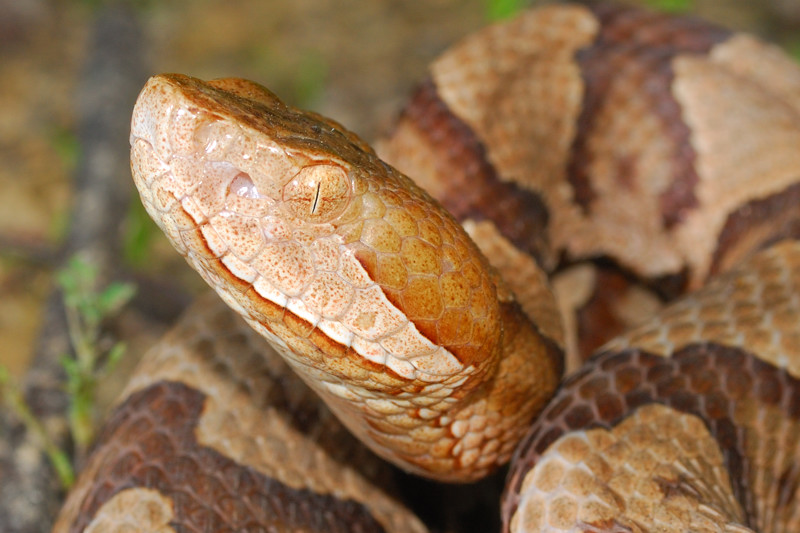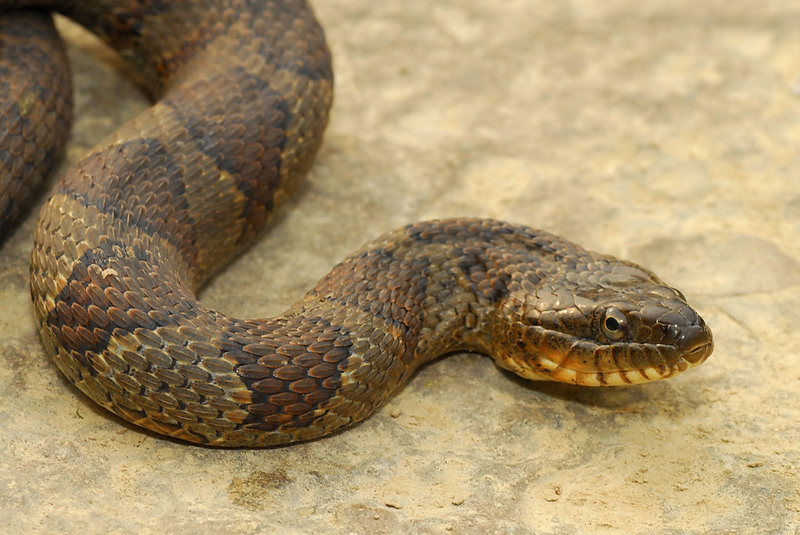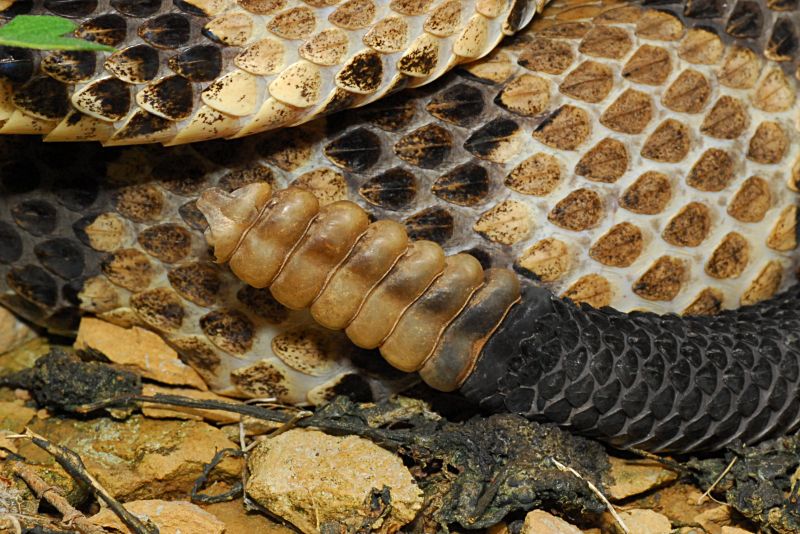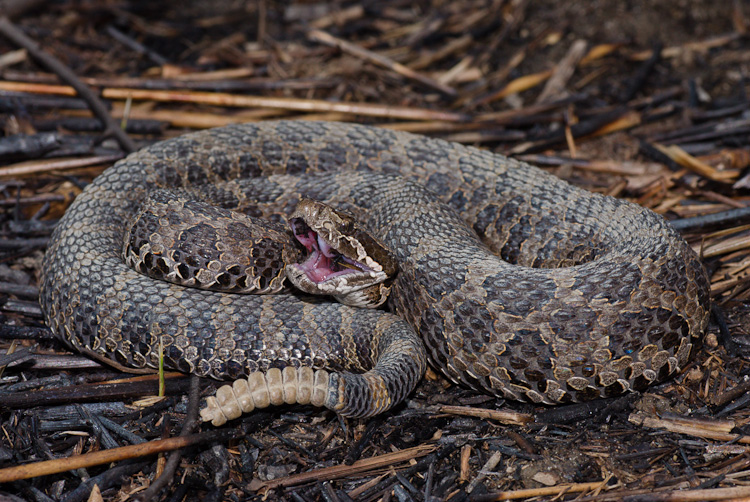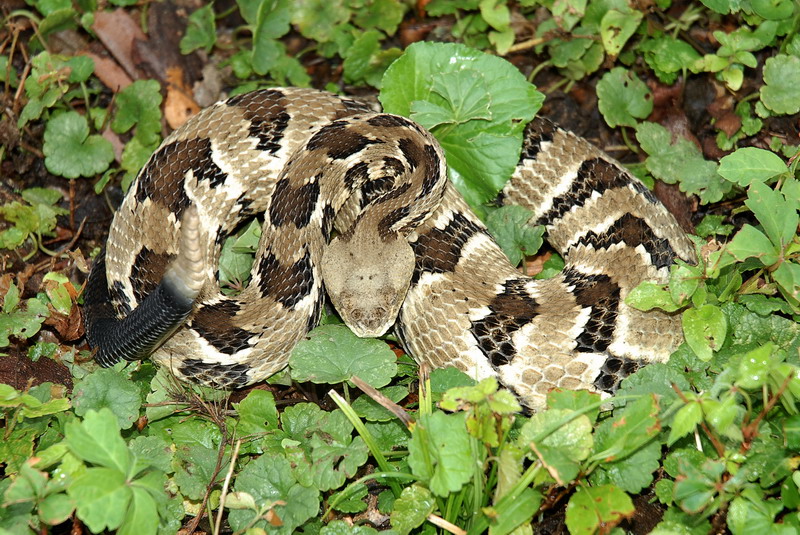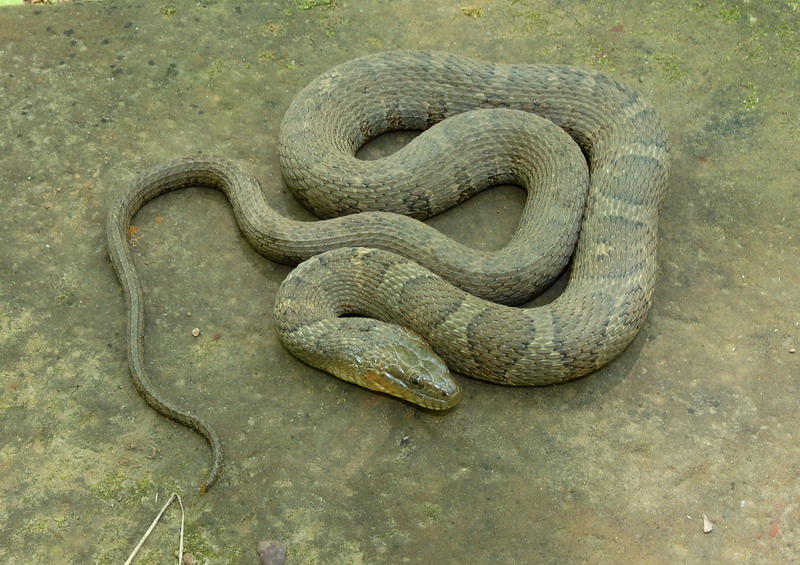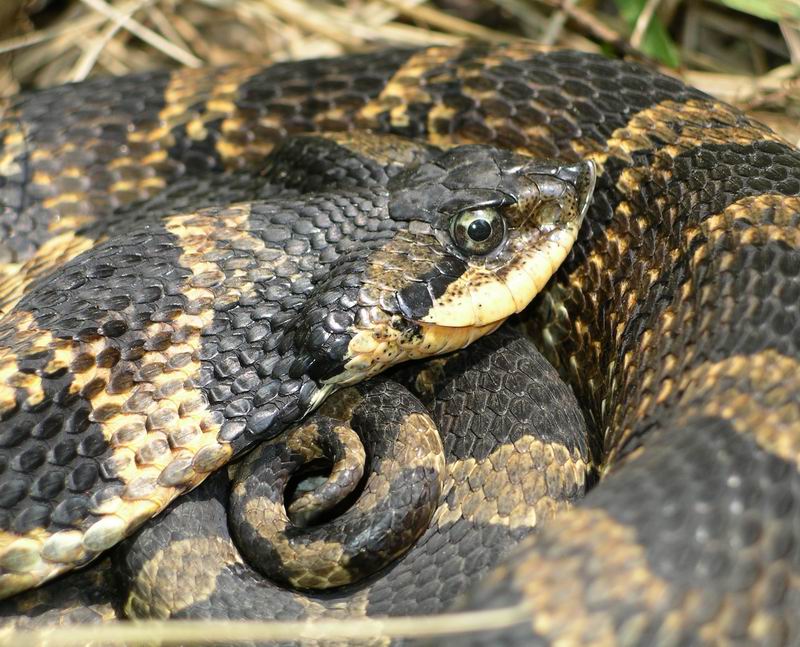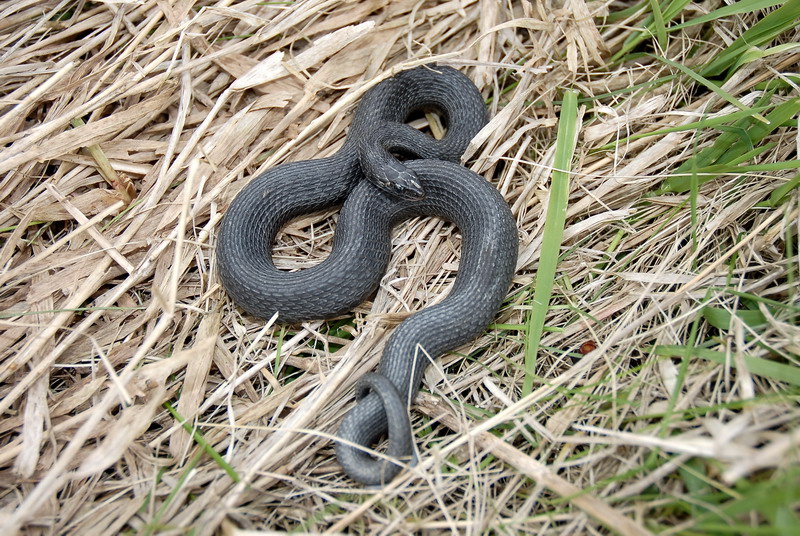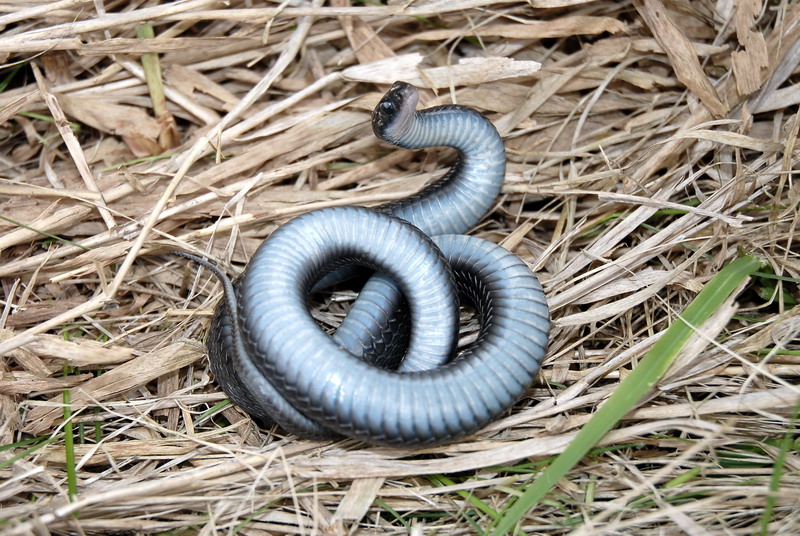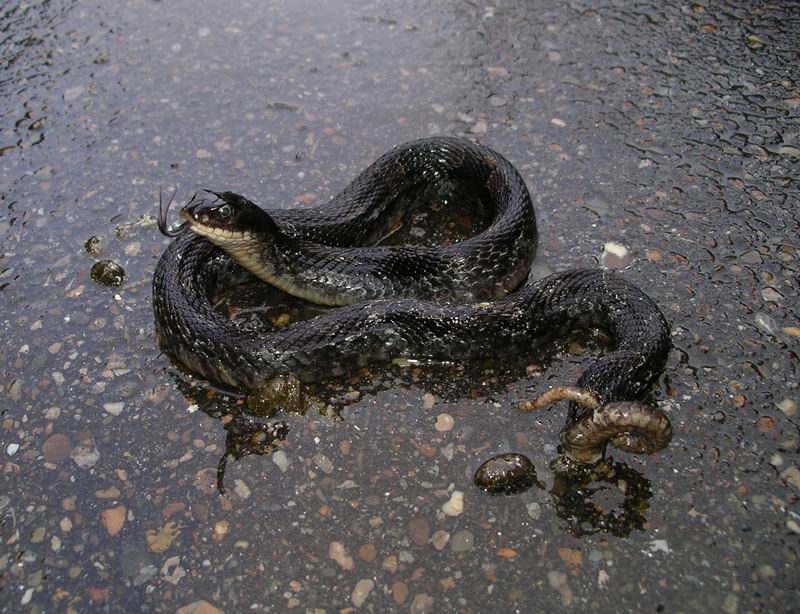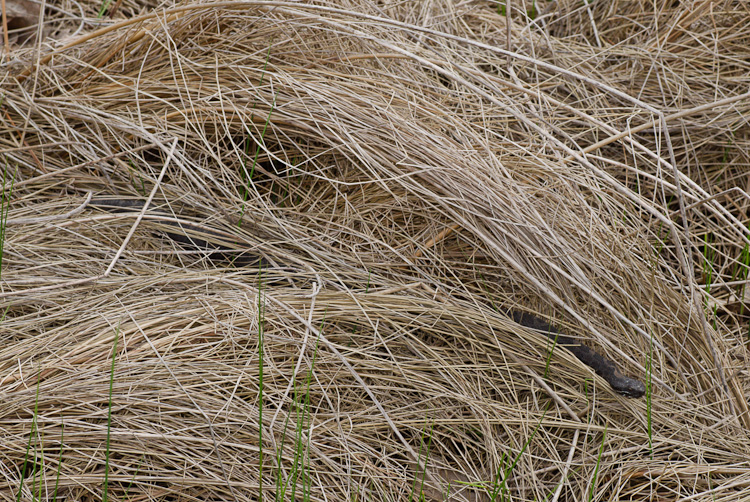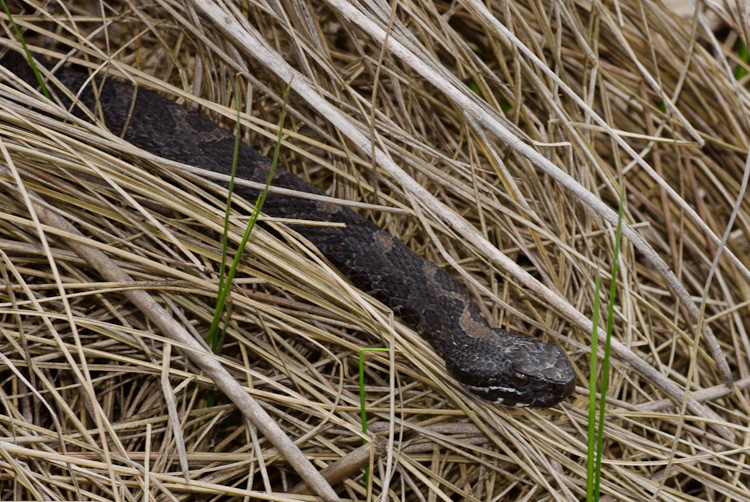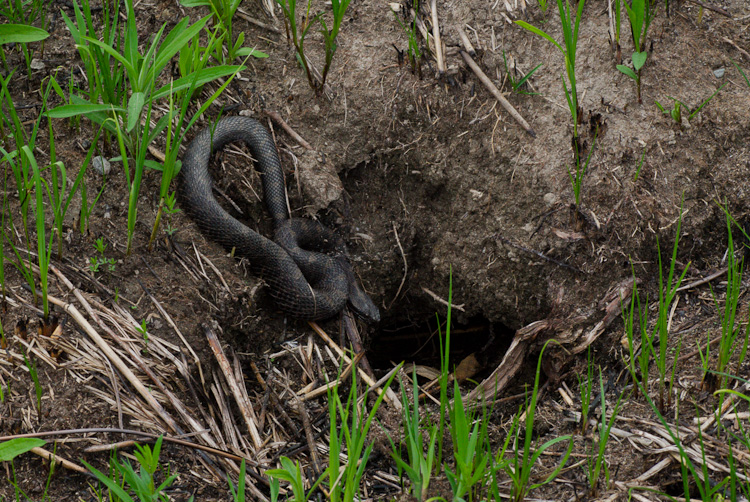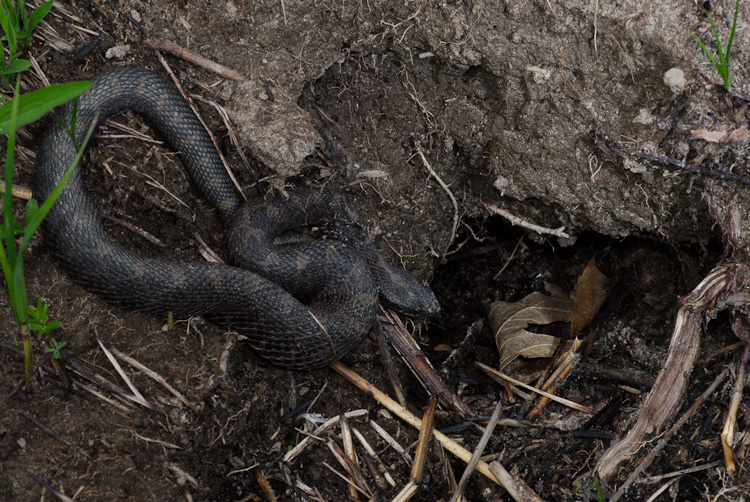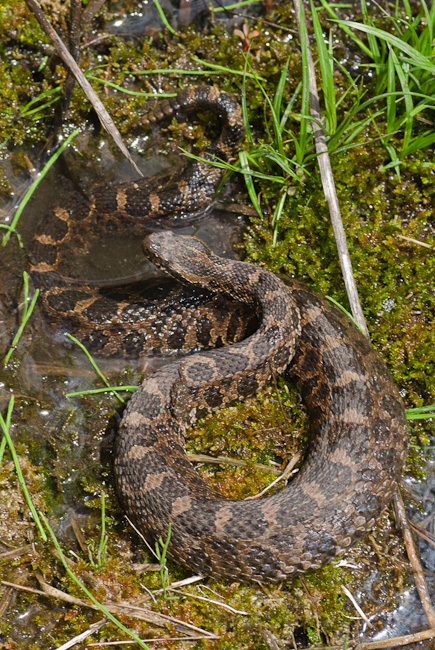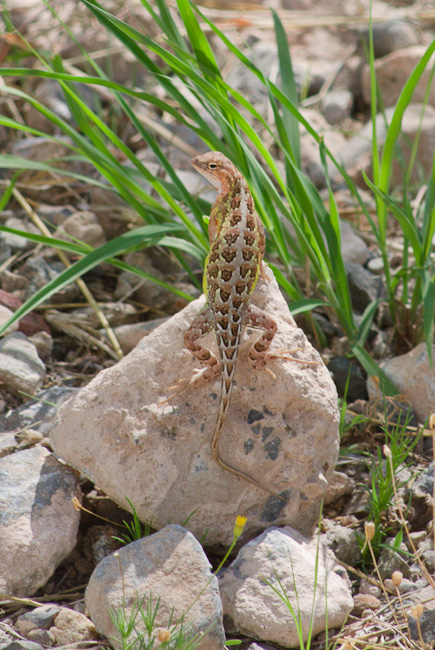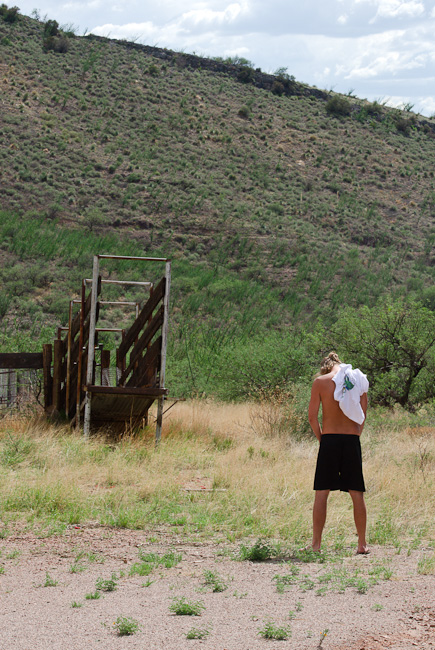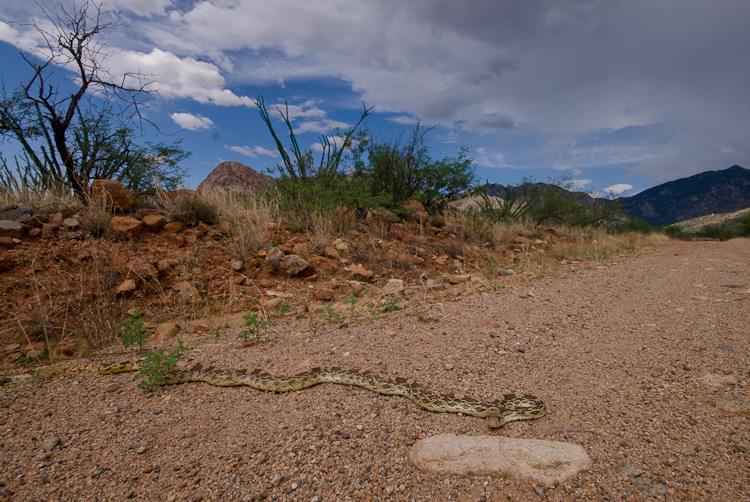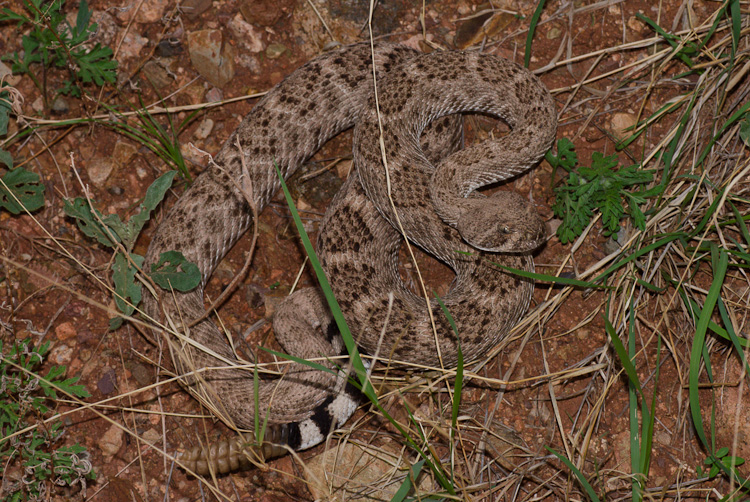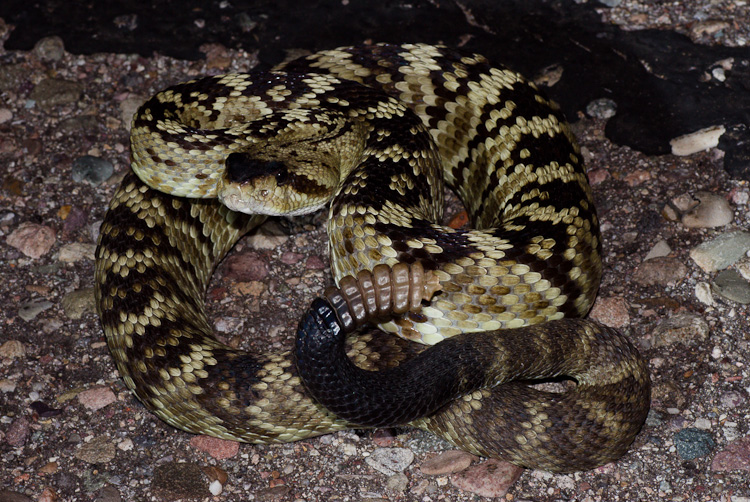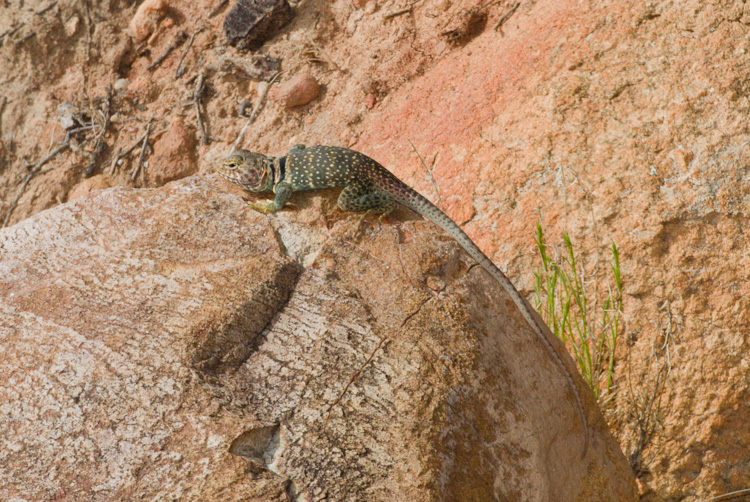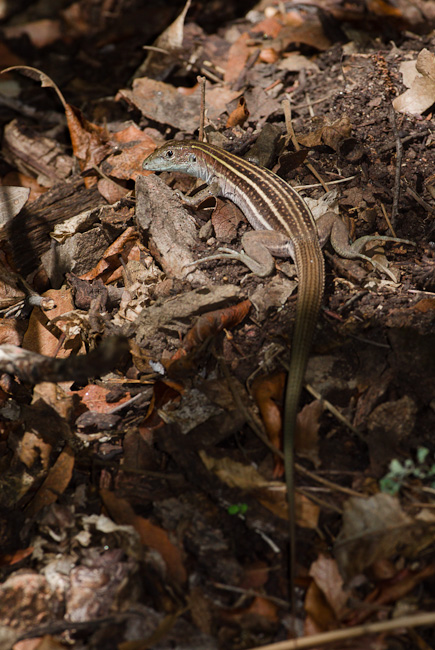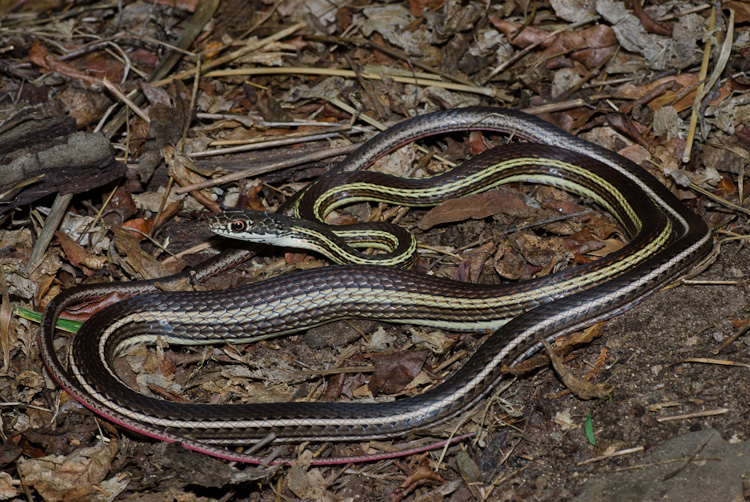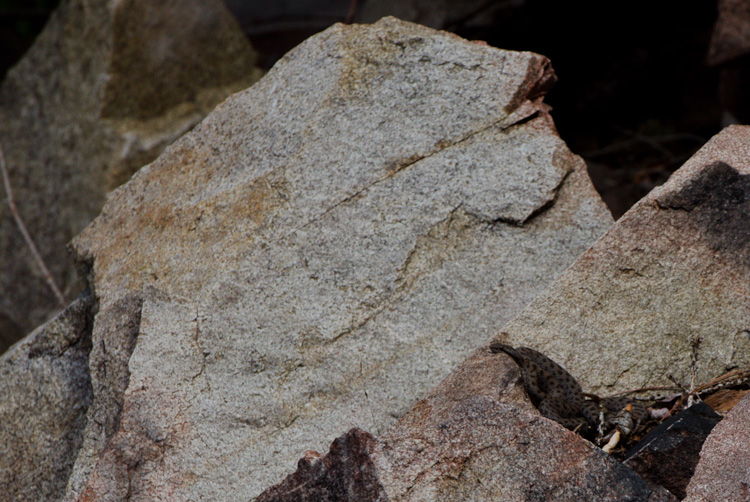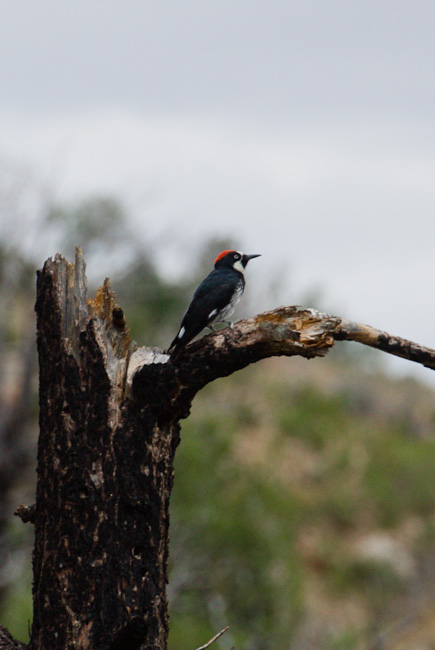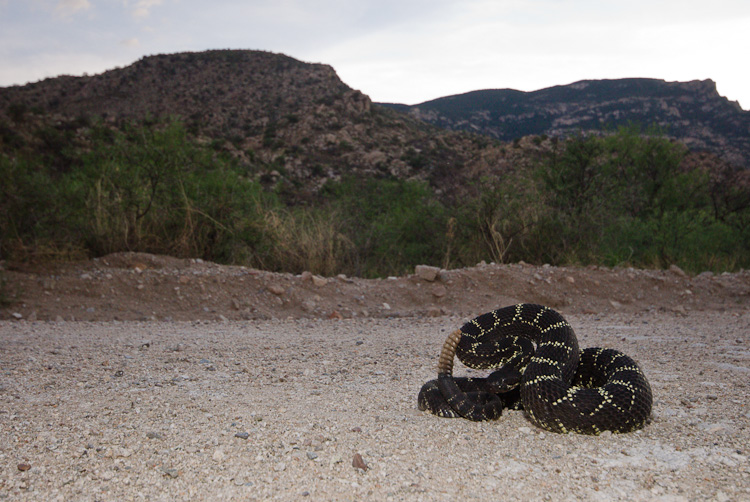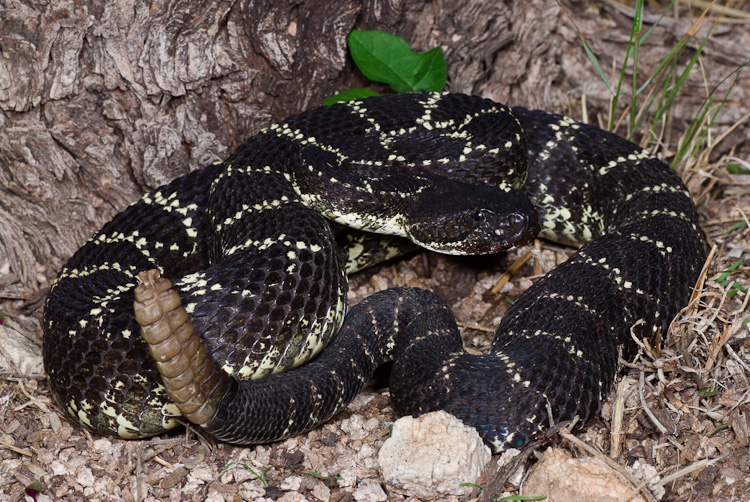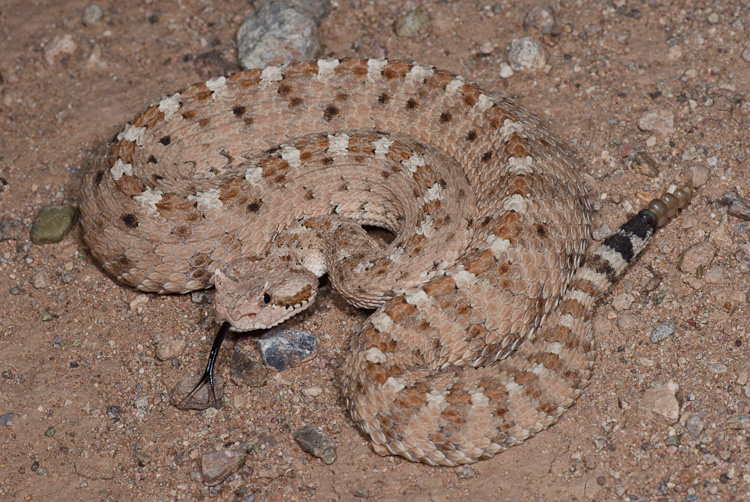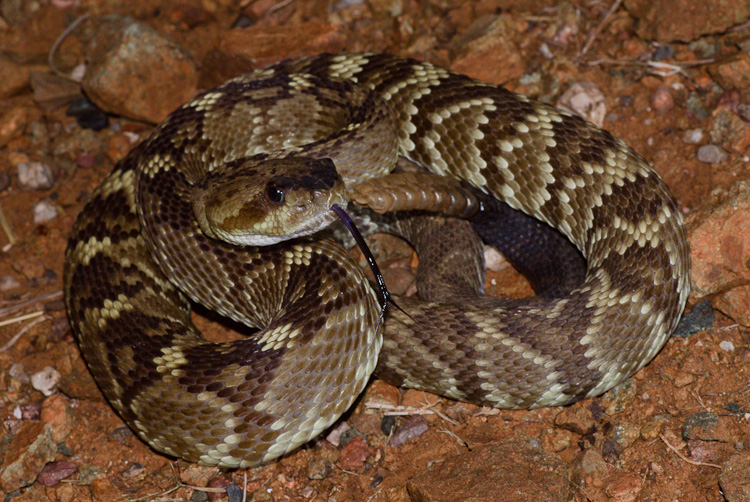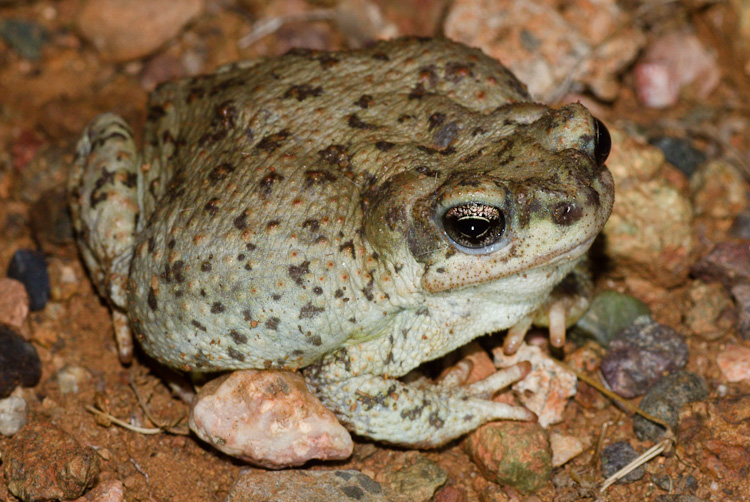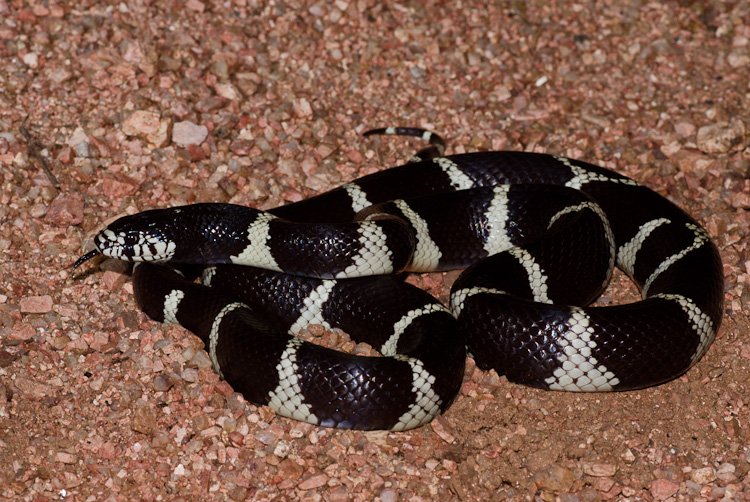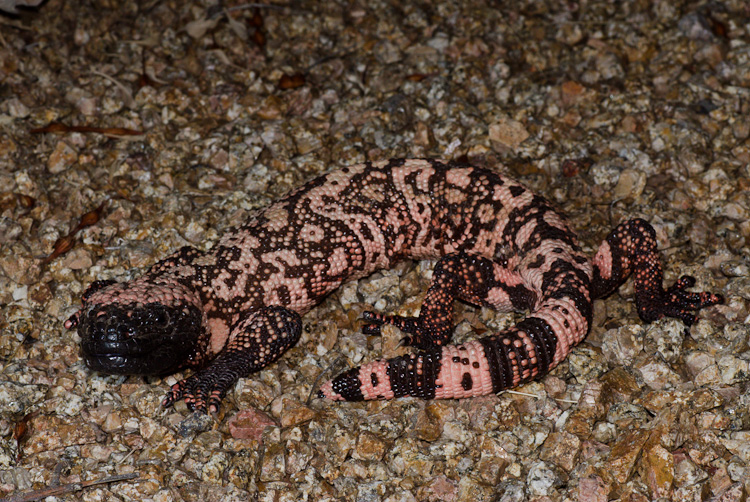Some more good news for things that go bump in the night! Just the other day a women thought she was rescuing an eastern massasauga rattlesnake in Niles, MI, and now surfers are rescuing a great white shark off the coast of California.
This juvenile white shark was caught on a fish line and dragged to shore. While many onlookers were content to just keep back and watch, a few people helped remove the hook and drag the shark back to see.
White sharks use the waters off of southern California as a nursery area. During this time, they are small in size and specialize in eating fish. As they grow older and larger, their tooth structure changes and they start to prey on larger mammals, such as sea lions. White sharks can't breath without moving forward in the water, letting oxygenated water pass over their gills. While this shark looked weak, hopefully it was able to make a full recovery thanks to the help of the men nearby.
It is a reassuring to see a few good stories regarding helping and
saving "deadly" wildlife hit the news recently. As much as I despise
much of the sensationalist crap Animal Planet and other networks call TV
these days, hopefully some of the messages are getting across.
If you haven't be able to see Shark Men on the National Geographic Channel, you should check it out. In my opinion, it is a show that does things mostly right. It focuses on a team of scientists and fisherman that work to try and learn more about Great White Sharks. There are some sensational attributes to it, but it all they go about their jobs safely and efficiently, and seem to be learning new things about these amazing animals from their research. They help to portray sharks in a positive manner and provide up close looks at one of the sea's most mysterious creatures. There is some controversy regarding whether their methods are harmful to the animals, but it seems that most of their research animals are tracked for good lengths of time after, seeming to show that their methods are fairly unobtrusive.
Published 10:28pm Monday, September 26, 2011A rural Niles resident has captured an unusual but once common native to Michigan wetlands.
Marjorie
Bowles, of 925 Anderson Rd., found an Eastern massasauga rattlesnake
Wednesday in a side yard during an excavation project. A worker helped
Bowles move the snake — just a baby at shorter than a foot long — into a
large plastic tub with water in it. She then contacted the Michigan
Department of Natural Resources.
“It’s not dangerous, (but) you don’t want to play with it,” Bowles said.
Bowles,
who lives with her husband John near a swampy area by Pine Lake, off
M-60, said she has only seen garter snakes on her property, and had to
research what kind of snake it was.
“This is a new one by me,” she said.
Bowles
said she was concerned someone would kill the snake, and wants the
public aware of the species and its declining population. She said she
hopes to release the snake back into its habitat, but was awaiting a
call back from the DNR at press time.
According to the DNR,
massasaugas are classified as “of special concern,” are protected by the
State of Michigan and are a candidate for federal listing. They live in
the entire Lower Peninsula, and were once common but their populations
are declining due to the loss of wetland habitat and human harassment.
Massasaugas
are slow-moving, but may bite if threatened, and can grow to 18 to 30
inches long. They have thick bodies with gray, grayish-brown or brown
coloring. The young snakes have yellow buttons, or “rattles,” at the tip
of their tails. The adult rattles are grayish yellow and resemble corn
kernels.
If bitten by a massasauga, the DNR advises seeking medical
attention immediately. The snakes are venomous, but possess the least
toxic venom of any rattlesnake in the U.S.
If a massasauga is
spotted, the DNR recommends not picking it up, using caution and
submitting the sighting to
www.dnr.state.mi.us/wildlife/pubs/massasauga_obsreport.asp.


